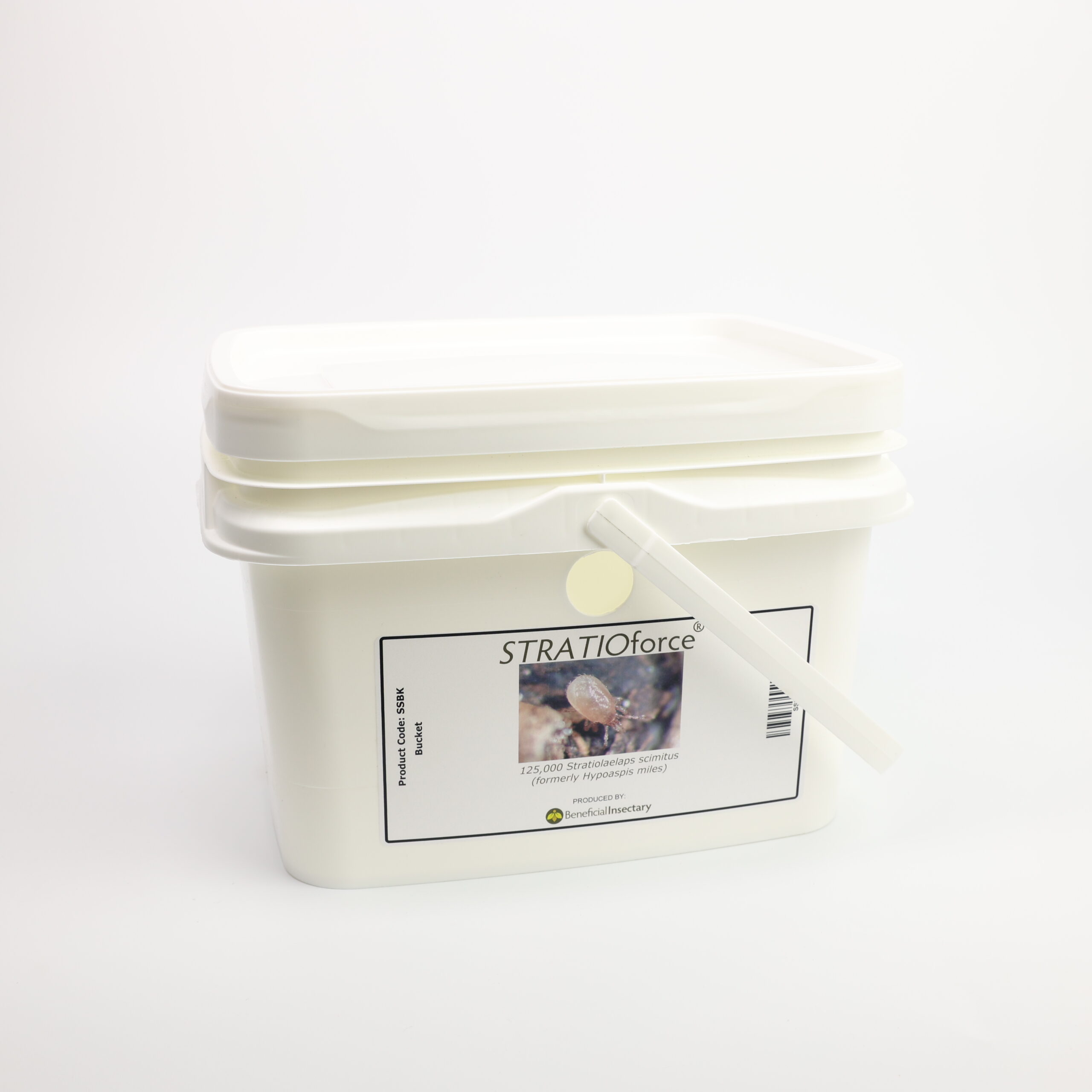SOIL PESTS CONTROL
Soil Pests Control
Beneficial Insectary mass-rears biological pest control agents that explicitly address the natural management of various soil pests.
Roughly 90% of all insects spend at least some portion of their lives in dirt or soil, including pests and predators.
Some organisms will only spend one life cycle in the soil column, while others will spend their entire lives there. Different pests’ life stages can interact with the plant in more or less intrusive ways.
Management for fungus gnat larvae involves directly limiting how much feeding can occur by the pest. Management of certain thrips pupae in the soil involves directly limiting how many thrips mature to adults.
Soil temperature is one of the critical variables in determining a strategy against soil pests.
Many soil-dwelling organisms have little to no impact on plant health.
There are many different soil pests, but some of the common ones are: Leafminers, Cutworms, Fungus Gnats, Shore Flies, Black Vine Root Weevil, Carrot Root Weevil, Strawberry Root Weevil, Sod Webworms, Wire & Potato Tuber Worms, Onion and Cabbage Moth, Flea Beetle, June, and May Beetle, and Cucumber Beetle.
Leafminers
Cutworms
Beetle Grubs
Fungus Gnats & Flies
Black Vine Root Weevils
Carrot Root Weevils
Strawberry Root Weevils
Sod Webworms
Wire & Potato Tuber Worms
Onion & Cabbage Maggots
Flea Larvae
June/May Beetle Larvae
Cucumber Beetle Larvae
Leafminers, and certain thrips species, will drop to the soil to pupate after their larvae feed on the plant and then emerge and fly or crawl back up plants as adults.
Beetles and moths typically spend their larval and pupal stages in the soil; the transition of each life stage generally conforms to a pattern depending on temperature.
Fungus gnats and shore flies are similar to beetles and moths. Their larval and pupal life stages are in the soil but have a much wider operable environment and often have multiple generations at once.
Most plant damage will come in the from of soil pests’ larvae feeding on the roots and the adult feeding on the foliage.
Depending on the pest, it will dictate what life stage will be present in the soil and wherein the soil column the life stage is likely to be.
Most adults of the listed pests are primarily terrestrial. They are often hardy, making adult life stages good indicators for pest population health and a good candidate for mass trapping, is applicable.
Certain adult pest species can move freely from the soil to the plant canopy.
Some soil pests are confined to the soil and cause damage to plant roots, bulbs, etc. Some soil pests do not cause damage to roots but are merely developing in the soil only to later become foliar-feeding pests.
Beneficial Insectary mass-rears biological pest control agents that address the natural management of various soil pests.
Identify plants cultivars that will be susceptible to the pest you are anticipating, and scout appropriately.
Scouting in soil can be a challenge but knocking off the pot and looking around the root zone is often all that is needed. As a general scouting practice, you should not need to tear apart root balls looking for pests.
We have preventative predators for nuisance pests like fungus gnats and shore fly, as well as nematodes that can target a wide variety of pest organisms.
It is important to contact your IPM Specialist, to help you figure out what predators or parasites are going to be the most applicable for your pest situation.
In some cases, cultural practices could be the root of a soil pest problem and should be considered before implementing conventional and biological approaches.

NATURAL SOLUTIONS
Products We Offer
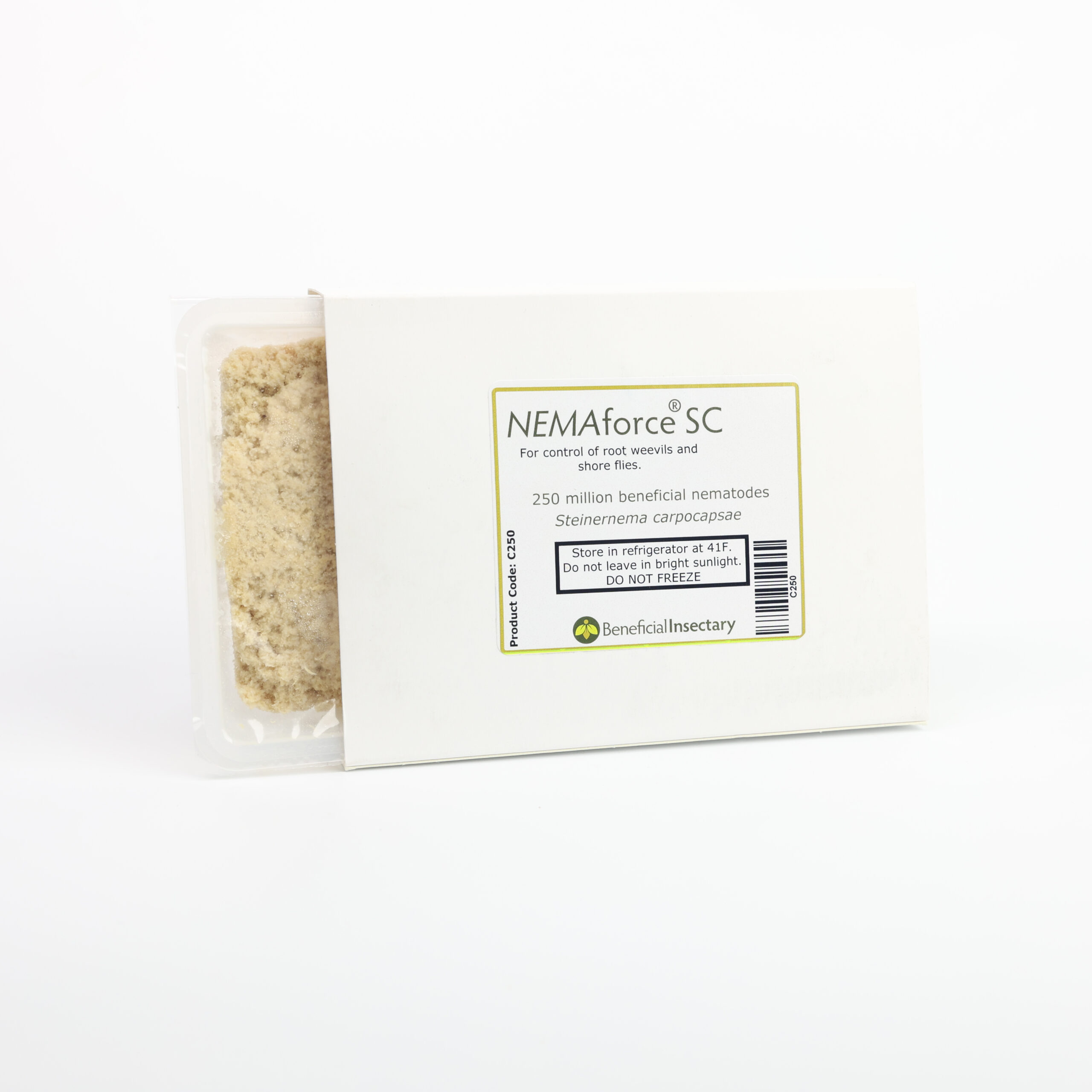
NEMAforce™ SC
NEMAforce™ SC (Steinernema carpocapsae) is the product of choice when your problems concern shore flies (Scatella stagnalis), flea larvae & pupae, billbugs, cutworms, sod webworms, strawberry root weevil, black vine weevil, and many others.
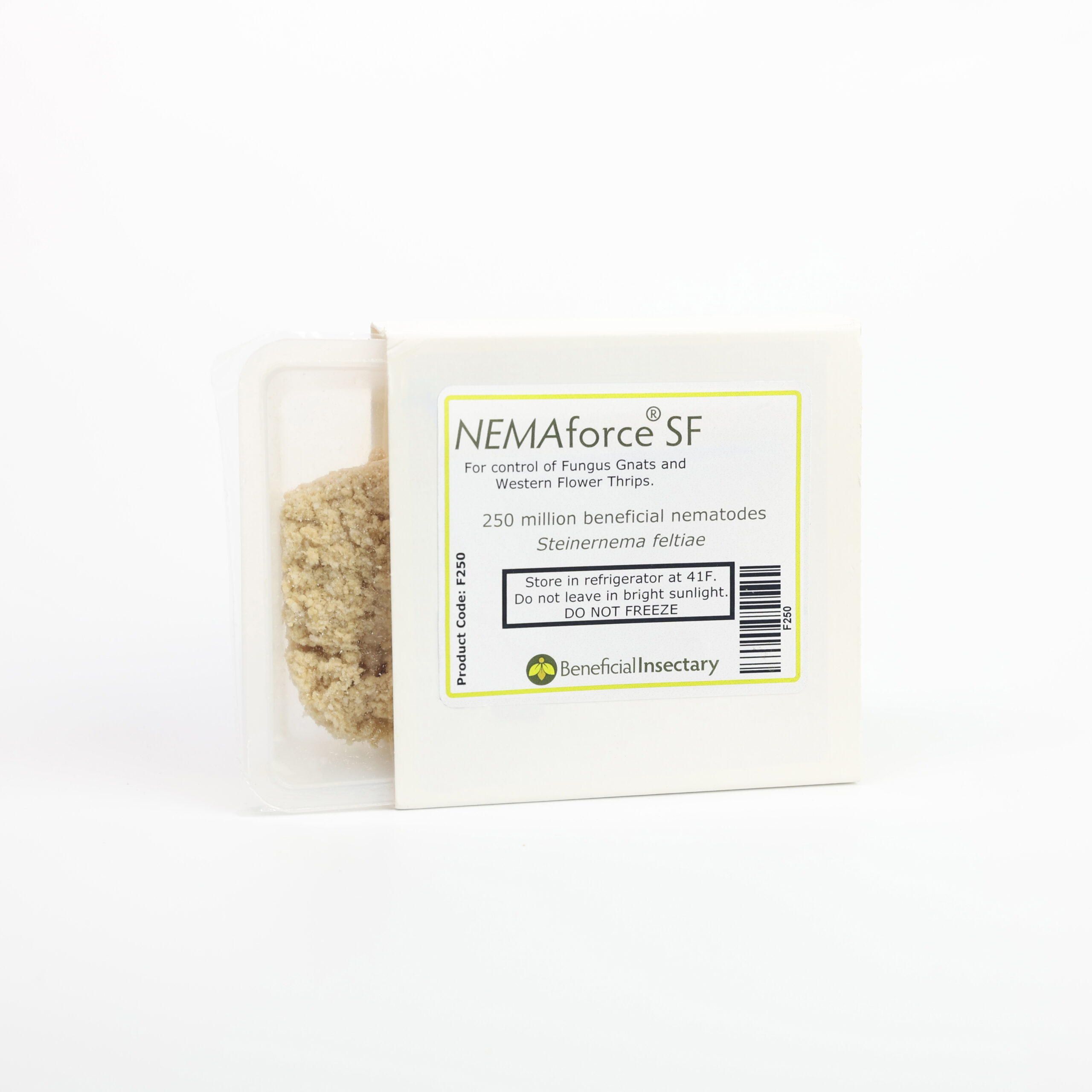
NEMAforce™ SF
NEMAforce™ SF is the product of choice when your problems concern more active, shallowly occurring pests: fungus gnats, western flower thrips, etc. The active ingredient, Steinernema feltiae nematodes, feature a shallowly-present habit (0-3″) and an intermediate active-hunting “cruising” characteristic which may make them superior to many other species for the purposes specified. They tolerate cold better than the others as well.
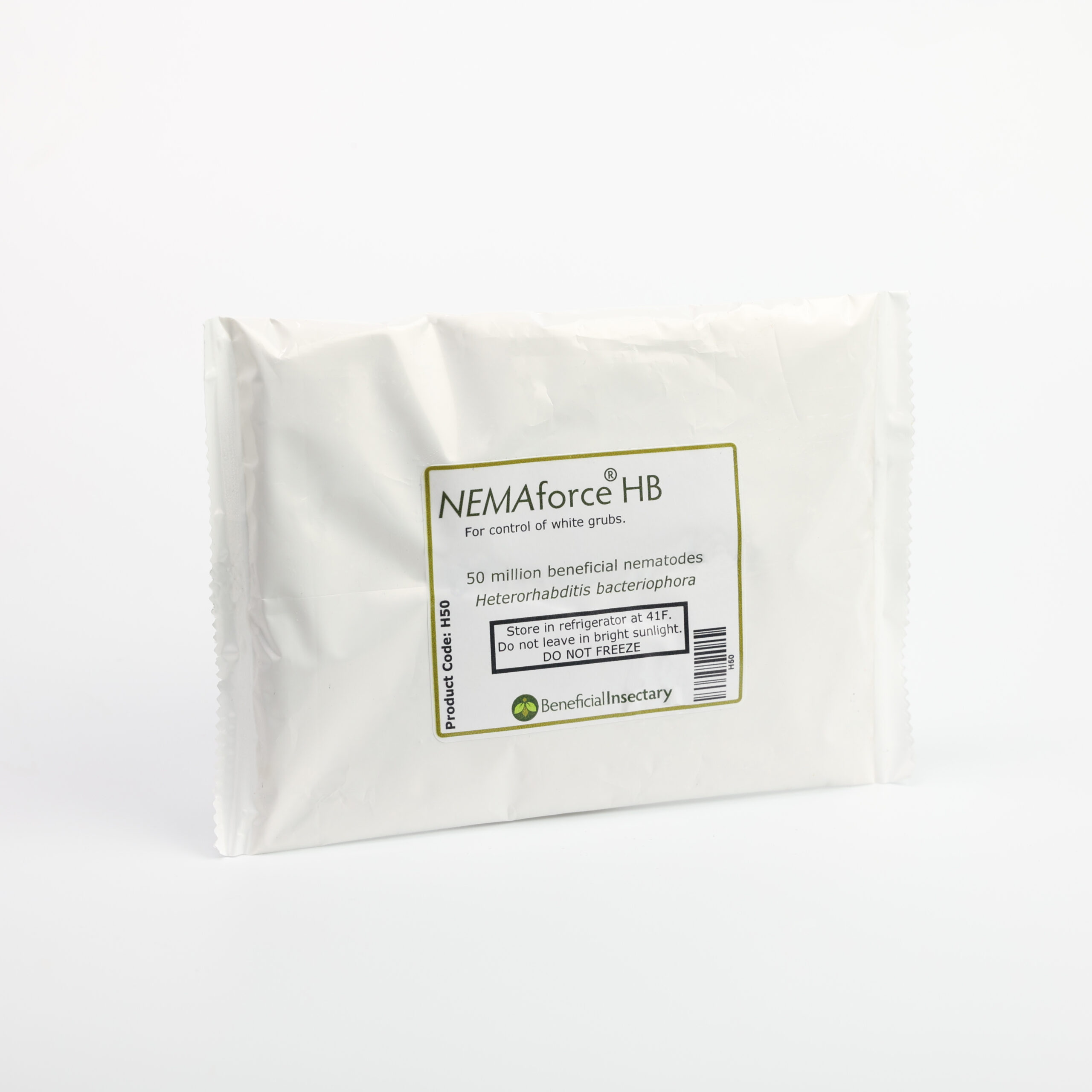
NEMAforce™ HB
NEMAforce™ HB (Heterorhabditis bacteriophora) is the product of choice when your problems concern lethargic, deeply planted pests: Japanese beetle larvae or grubs (Popillia japonica), for example. The reason: these nematodes boast a deep-moving (1-7″), active-hunting, “cruising” characteristic which makes them superior to many other species for the purposes specified.
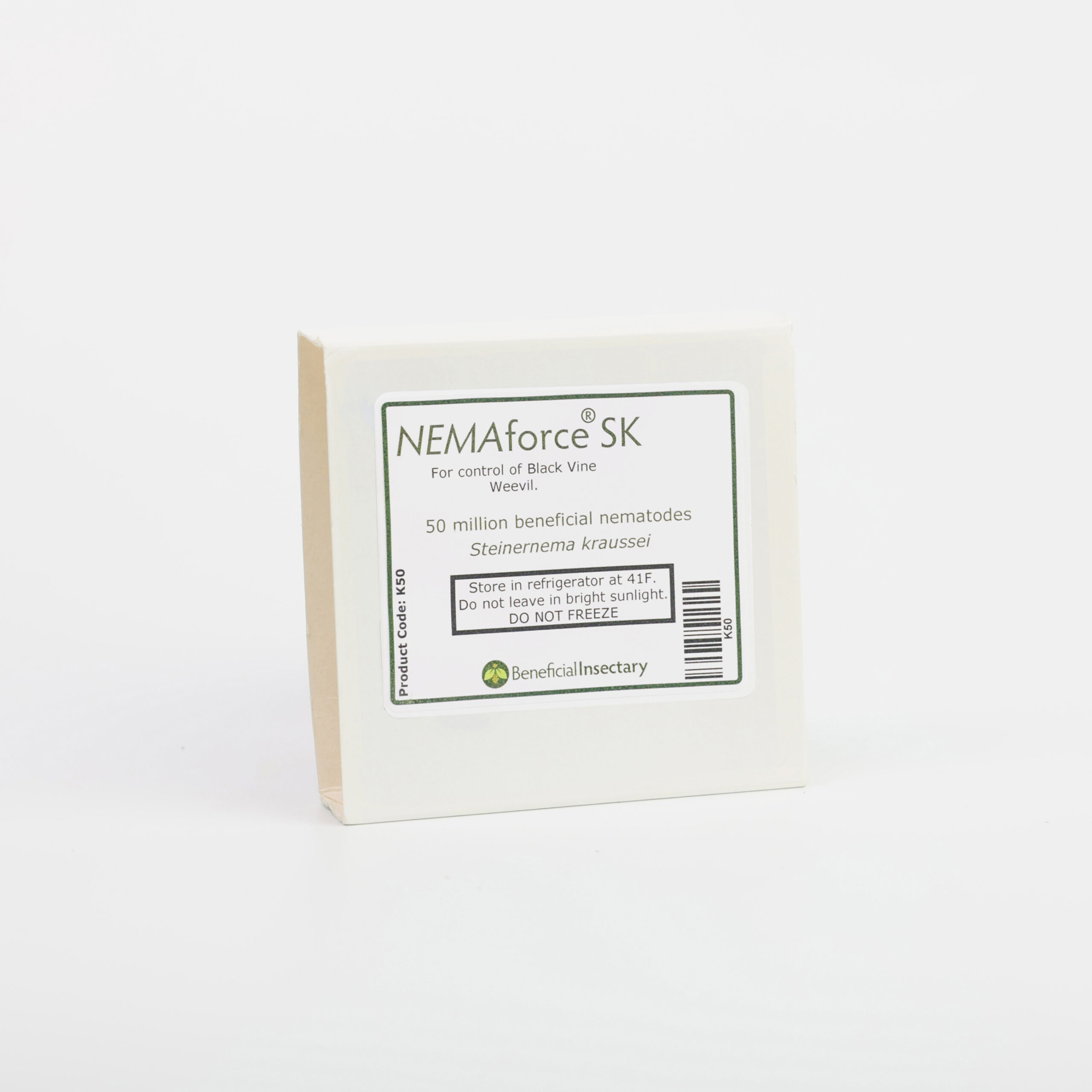
NEMAforce™ SK
Entomopathogenic nematode (EPN) Steinernema kraussei; contains an insect-killing symbiotic bacteria, Xenorhabdus sp. They are deep foragers and prefer to live well below the soil/media surface seeking out Wine Weevils.

